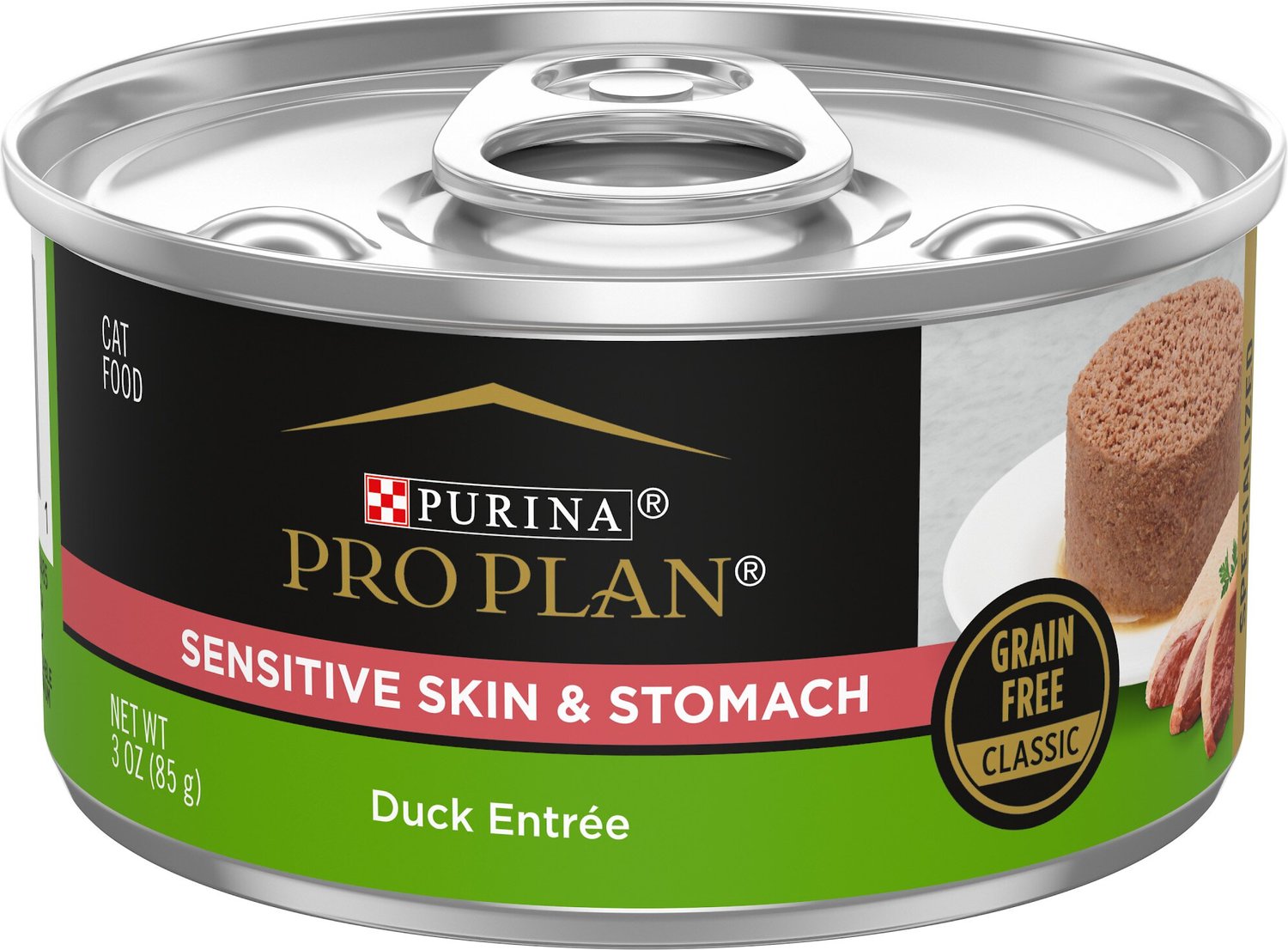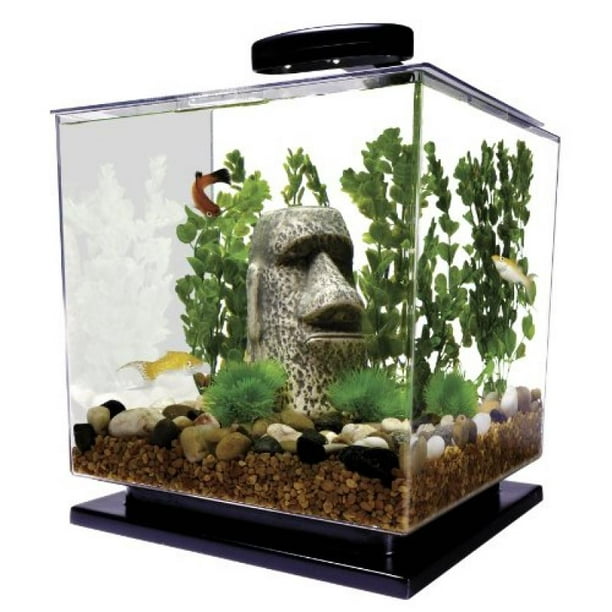Penn-Plax Glass Fish Tank Aquarium Kit with LED Light, 3.2 gal.
Show off your fish with the Penn-Plax Glass Fish Tank Aquarium Kit with LED Light. An all-in-1 desktop fish tank, this unit can hold up to 3.2 gal. of water. Simple to set up, Penn Plax’s tank makes a great addition to your home.
Show off your fish with the Penn-Plax Glass Fish Tank Aquarium Kit with LED Light. An all-in-1 desktop fish tank, this unit can hold up to 3.2 gal. of water. Simple to set up, Penn Plax’s tank makes a great addition to your home.
- Fish tank holds 3.2 gal./12L
- Dimensions: 9.65 in. D x 7.5 in. W x 10.5 in. H
- All-in-1 desktop fish tank
- Easy to set up and start using
Additional information
| Features | Lights Included |
|---|---|
| Product Height | 10.5 in. |
| Product Length | 8 in. |
| Product Weight | 9 lb. |
| Product Width | 9.75 in. |
| Shape | Rectangular |
| Tank Capacity | 3.2 Gal. |
| Tank Material | Glass |
| Water Type | Freshwater/saltwater |
| Size | M |
| PartNumber | 146825199 |
| Manufacturer Part Number | WW8003 |












Reviews
There are no reviews yet.